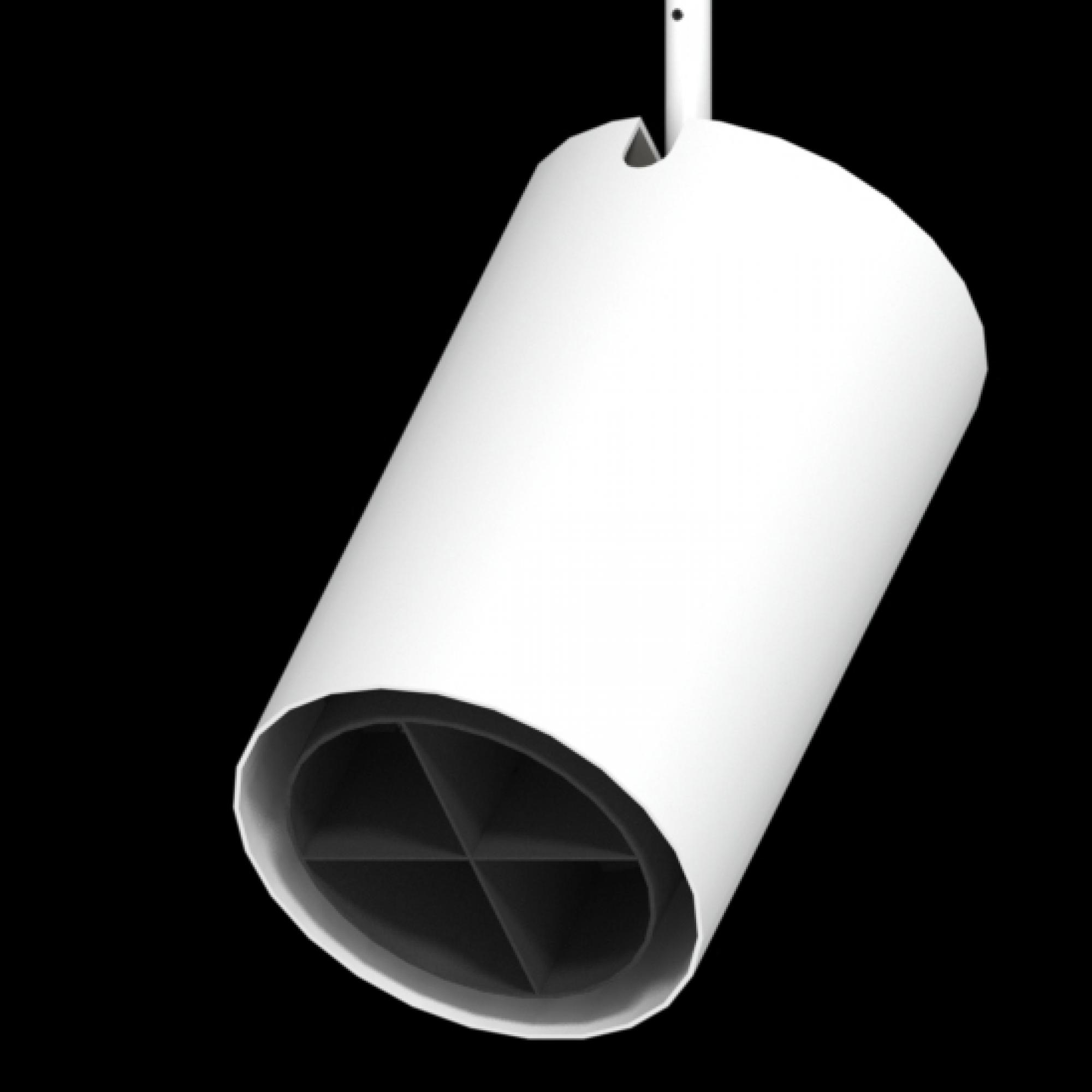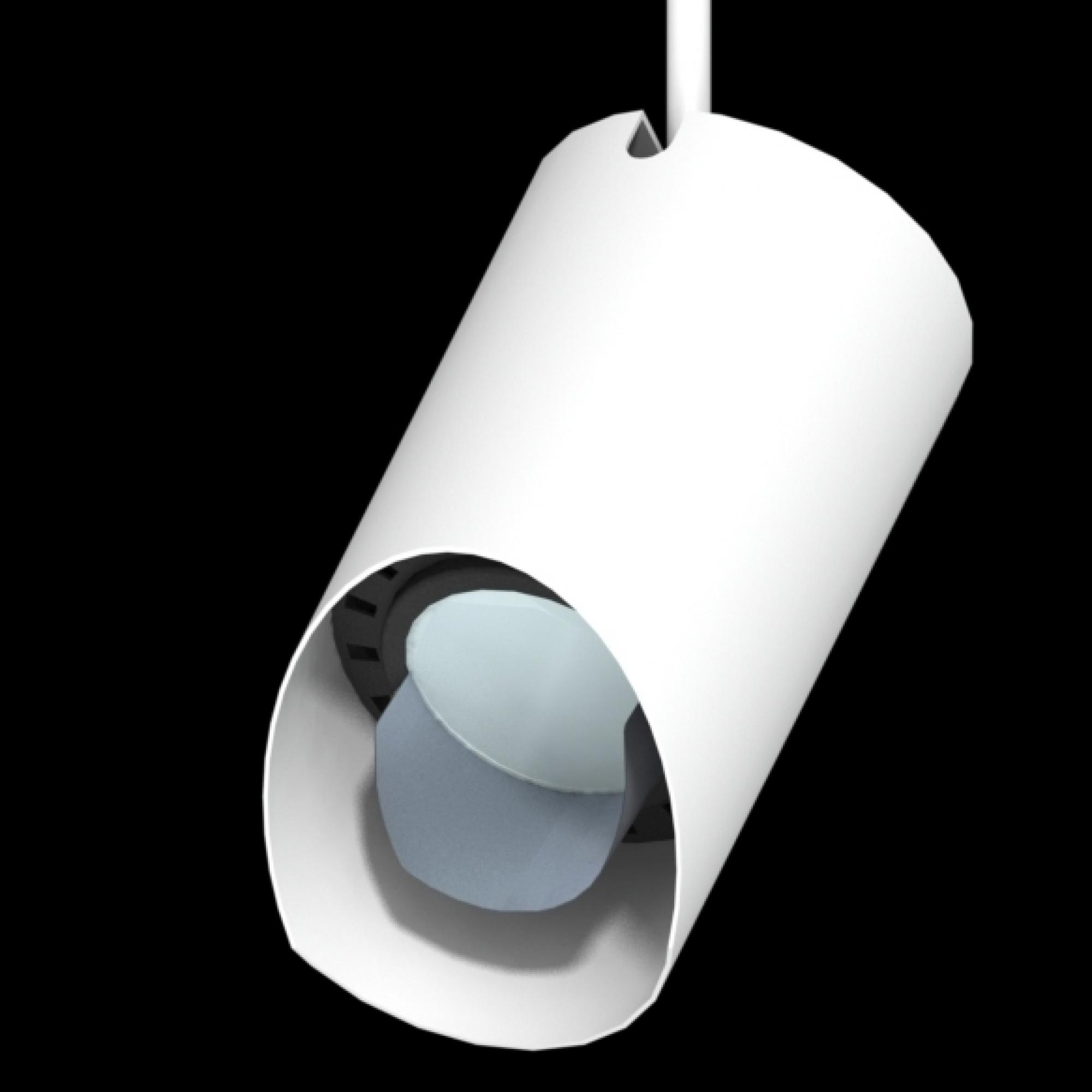The gallery spaces have been recently redesigned in honor of the museum’s 100-year anniversary, and the museum is excited not only to pass this milestone, but also about the renovation of the 1899 building, a turn-of-the-century Post Office that the museum has occupied since 1981.
The gallery spaces are generous, with tall ceilings and an open plan that gives each piece space to breathe, allowing the viewer to become completely immersed in the works. The exhibit design entices visitors to explore, luring them through galleries using a layout that at once reveals and conceals, shifting points of visual focus to guide visitors through the collection.
The galleries themselves are thematically organized, in a shift away from chronological storytelling. The curatorial narrative is overlaid with a deep tactile understanding of art as object, as resistant, as fragile, as stubborn or pliable. This close interaction with art supports the museum’s emphasis on art preservation and conservation. Exposure of works is rigorously metered and measured, and lighting is currently screened to ensure that works are presented within conservation parameters.
The switch from halogen to LED is welcome in this regard, since the latter emit little to no ultraviolet radiation, and while the initial cost of LEDs is considerably higher than that of halogen, savings in terms of labor (due to the longevity of LED lamps), energy consumption and even air-conditioning (due to the high heat load of halogen lamps) make up for the initial cost increase.













